The Internet of Things (IoT) has emerged as a transformative force, connecting everyday objects and systems to the internet, allowing them to share data and perform tasks autonomously. This connectivity extends across numerous sectors, each with unique applications and benefits. In this blog post, we will explore the primary categories of IoT and how they are reshaping various aspects of our lives and industries.
1. Smart Homes: The Future of Residential Living
Overview: Smart home technology integrates IoT devices into residential environments, creating homes that are more efficient, convenient, and secure. These innovations are designed to enhance the quality of life for homeowners.
Key Examples:
- Voice Assistants: Devices like Amazon Echo and Google Home control various smart home devices through voice commands, streamlining daily tasks.
- Smart Appliances: Refrigerators, ovens, and washing machines that can be controlled remotely and provide real-time alerts and updates.
- Home Automation Systems: Systems that manage lighting, heating, and security, adapting to user preferences and schedules.
Impact:
- Convenience: Simplifies household management through automation and remote control.
- Energy Efficiency: Reduces energy consumption with intelligent systems that optimize usage.
- Security: Enhances home security with real-time monitoring and alerts.
Smart homes illustrate the potential of IoT to create more personalized and responsive living environments, making daily life easier and more secure.
2. Wearable Technology: Health and Fitness on Your Wrist
Overview: Wearable technology encompasses a range of devices designed to monitor and improve personal health and fitness. These IoT-enabled gadgets provide valuable data and insights into users’ well-being.
Key Examples:
- Fitness Bands: Devices like Fitbit and Garmin track physical activity, heart rate, and sleep patterns, helping users achieve their fitness goals.
- Smartwatches: Wearables such as the Apple Watch offer health tracking features alongside notifications and apps for various needs.
- Health Sensors: Continuous glucose monitors and ECG devices that provide real-time health data for managing chronic conditions.
Impact:
- Personal Health Management: Provides detailed health metrics and insights for better self-care.
- Convenience: Integrates multiple functionalities into a single device for ease of use.
- Proactive Health Monitoring: Supports early detection and management of health issues.
Wearable technology represents how IoT can empower individuals to take control of their health and fitness with advanced, real-time data.
3. Industrial IoT (IIoT): Revolutionizing Manufacturing and Operations
Overview: Industrial IoT applies IoT technologies to industrial and manufacturing environments, optimizing operations and enhancing productivity through connected devices and data analytics.
Key Examples:
- Predictive Maintenance: Uses sensors to monitor machinery and predict failures before they occur, reducing downtime and maintenance costs.
- Smart Factories: Integrates IoT with robotics and automation to streamline production processes and improve efficiency.
- Supply Chain Management: Employs real-time data to track inventory and optimize logistics, enhancing overall supply chain performance.
Impact:
- Operational Efficiency: Improves productivity and reduces operational costs through automation and data insights.
- Safety: Enhances workplace safety by monitoring equipment and conditions.
- Cost Savings: Lowers maintenance and operational expenses with predictive analytics.
Industrial IoT demonstrates how technology can transform traditional industries, leading to smarter, more efficient operations.
4. Smart Cities: Creating Sustainable Urban Environments
Overview: Smart city technologies leverage IoT to enhance urban living by improving infrastructure, services, and resource management. These innovations aim to create more sustainable and efficient cities.
Key Examples:
- Traffic Management Systems: Use real-time data to optimize traffic flow and reduce congestion.
- Smart Waste Management: Sensors in waste bins monitor fill levels and optimize collection routes to minimize waste and costs.
- Energy Management: Smart grids and meters manage electricity distribution and consumption more efficiently.
Impact:
- Enhanced Urban Services: Improves the efficiency and effectiveness of city services and infrastructure.
- Sustainability: Supports eco-friendly practices and reduces environmental impact.
- Quality of Life: Creates more livable and accessible urban spaces through improved services.
Smart cities highlight the transformative power of IoT in addressing urban challenges and promoting sustainable development.
5. Agricultural IoT: Modernizing Farming Practices
Overview: Agricultural IoT, or smart farming, utilizes IoT technology to optimize farming practices, enhance crop yields, and promote sustainable agriculture.
Key Examples:
- Precision Agriculture: Employs sensors and data analytics to monitor soil conditions, crop health, and weather, enabling precise farming decisions.
- Automated Irrigation: Uses real-time data to adjust watering schedules and conserve water.
- Livestock Monitoring: Tracks the health and location of livestock with IoT-enabled devices, improving management and care.
Impact:
- Increased Efficiency: Enhances farming practices and productivity through data-driven insights.
- Resource Conservation: Reduces water and resource waste with optimized usage.
- Sustainable Practices: Supports environmentally friendly farming techniques.
Agricultural IoT demonstrates how technology can advance farming practices, leading to better resource management and increased productivity.
Conclusion
The Internet of Things spans a diverse range of categories, each offering unique benefits and applications. From smart homes and wearables to industrial innovations, smart cities, and agriculture, IoT is driving significant advancements and efficiencies. Understanding these categories helps us appreciate the profound impact of IoT and its potential to reshape various sectors. As IoT technology continues to evolve, its applications will expand, presenting new opportunities for innovation and improvement across different areas of life and industry.


